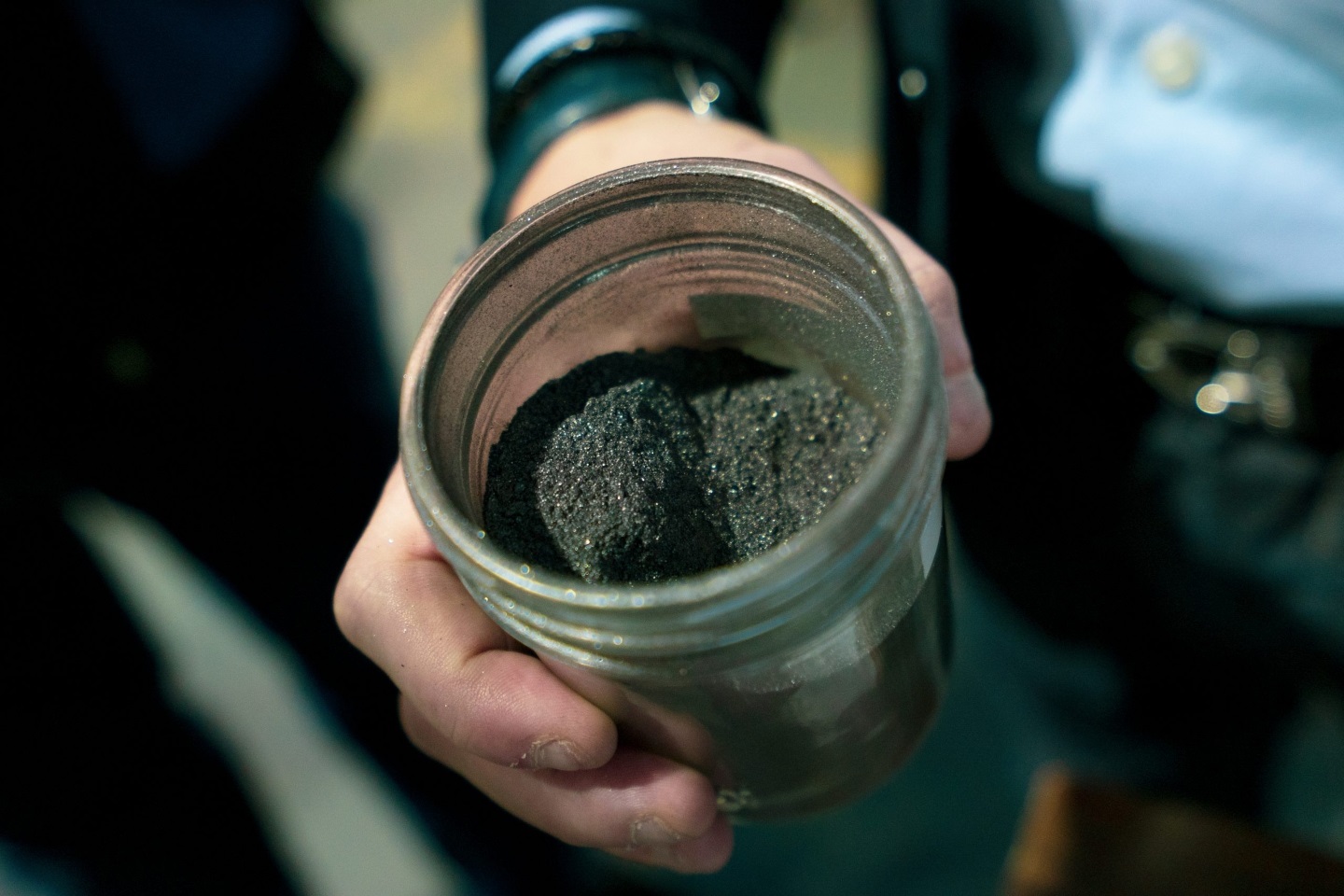ASX-listed Quantum Graphite says the long-term demand for natural flake graphite in the production of anodes for lithium-ion batteries along with the global push towards a net-zero carbon economy could drive its thermal battery technology with joint venture partner Sunlands Co to the forefront of the bubbling sector.

ASX-listed Quantum Graphite says the long-term demand for natural flake graphite in the production of anodes for lithium-ion batteries along with the global push towards a net-zero carbon economy could drive its thermal battery technology with joint venture partner Sunlands Co to the forefront of the bubbling sector.
The duo is looking to use Quantum’s flake graphite within thermal-energy storage cells to construct ‘long-duration energy storage’ solutions earmarked as a key pillar in delivering stable and flexible power in the renewable energy space.
A key ingredient in the battery cell’s development will be graphite mined from Quantum Graphite’s Uley resource on South Australia's Eyre Peninsula.
According to the pair, the high-purity natural flake graphite found at Uley is critical for Sunlands' downstream processing and utilisation technologies crucial to the development of thermal energy storage, or ‘TES’, cells.
TES cells are used to balance variable energy demand that is prevalent in the renewable energy sector.
Wind and solar power generation are inherently unreliable and it is anticipated the flexibility and stability provided by TES batteries could benefit both systems.
According to Quantum Graphite, Australia’s net-zero ambitions are highly contingent on solar and wind energy along with the introduction and maturity of new technologies – such as its TES batteries.
The company believes if the country's emission-reduction targets are to be realised, electricity generation must be expanded beyond its existing applications to cover the majority of the energy needed in the transport industry.
A recent study by the duo suggests at least 100,000 tonnes of natural flake graphite will be required annually to meet Australia's net-zero target by 2050, sweetening the prospects of the battery development deal and underlining the importance of graphite projects such as Uley.
Quantum’s South Australia operation houses the Uley 2 and Uley 3 resources where a hefty 7.2 million tonnes going 10.5 per cent Total Graphitic Carbon has been defined.
The company says its two resources offer immediate expansion opportunities through infill drilling and the targeting of geophysical anomalies at Uley 2 and extensional drilling at Uley 3.
Interestingly, Quantum says during the next 18 months demand for natural flake graphite could increase from around 30 to more than 50 per cent of the anode market share and by 2025 the material will be the dominant force in the sector – moving above the now in-vogue synthetic versions.
Luckily for Quantum it has plenty of natural flake graphite at its Uley resources and has already proved its nous at sniffing out more of the material across its tenure.
Is your ASX-listed company doing something interesting? Contact: matt.birney@businessnews.com.au













